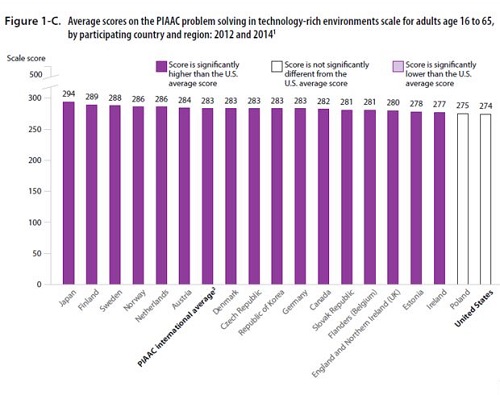But it’s already too late to put the sword back in its place. The Internet, the Worldwide Web, Google Search, social networks, and other on-line miracles have given billions of people capabilities they never had dreamed of. But in their haste the makers of these tools have also enabled evil-doers capabilities beyond the masses’ worst nightmares. History is full of other technological advances that have been used for both good and evil purposes, but more recently cyberattacks have permitted individuals or small groups, sitting in safety at their personal computing devices, to wreak havoc on millions of innocent victims. These cyberattacks appear to be increasing in frequency and scope of havoc. Most recently several news sources reported the charging of an Iranian hacker on March 24 of his 2013 attack on a dam in Rye Brook, NY, which he found vulnerable using a technique called Google Dorking. (The wheels of justice certainly turn slowly … especially compared with the speed of computers and their hacker masters!)
Apparently he did not use his knowledge to operate the sluice gate of this small dam (perhaps because it was disconnected from computer control at the time). And although this dam is in a rather backwater community (pun intended) and not much of a threat to national security or even significant injury to people or damage to property, the ability of the hacker to infiltrate the computer system demonstrates a capability to attack a much bigger and more dangerous dam or other strategic infrastructure such as an electric power grid.
The really scary thing is that almost certainly many other sectors are under similar attacks. One such sector is hospitals. Within the last two months the computer systems at the Hollywood Presbyterian Medical Center, the Methodist Hospital in Henderson, KY, and the MedStar Georgetown University Hospital in Washington, DC were crippled by cyberattacks. These were not minor incidents; the overall MedStar 10-hospital group has 30,000 staff and 6,000 affiliated doctors. And patients in critical condition could die from the delays caused by inoperative computer systems.
Another sector is financial. On March 29 hackers breached the security at two large law firms whose giant Wall Street banks and corporate clients are constantly dealing with confidential matters, knowledge of which could net hackers millions of dollars through insider trading.
The general populace can only hope that the responsible governmental agencies are working hard to identify strategic facilities throughout the U.S. and its allies, and alert vulnerable ones so they can take steps to minimize the dangers from Google Dorking and other hacker nastiness. And also hope that “white hat hackers” (the good guys)–the modern-day equivalent of yesteryears’ vigilantes—step up their activities. It would help considerably if these strategic facilities would reward these hackers for their efforts.



